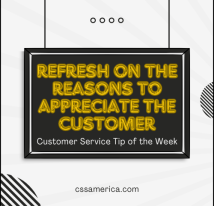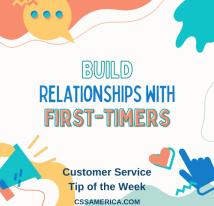
There was no hot water in the house when Dana got home from work, so she walked downstairs to the basement to find a mini flood. Apparently a neighbor had put so much yard waste into a sewer drain that – after a heavy rain – water got backed up…and flowed right into Dana’s basement – yuck.
More than that, the water rose high enough to burn out the hot water heater – a wet basement and no hot water…joy.
But Dana had a good attitude about it; the water and gas utilities came out quickly to find the cause of the problem and to diagnose the issue with the water heater. In the end, the yard waste was cleared out, the water level went down, and there was no other lasting damage – except for a dead water heater.
Dana contacted two companies, and the winner was selected to install the new water heater. The installers were nice, discussed the process with Dana, and worked independently in the basement as Dana worked upstairs. When they were finished, they left. How did Dana know they left? She saw them driving away.
So she checked the water, and it was starting to warm. Then she went downstairs to look at the beautiful new water heater, and it had a big dent in the bottom. Dana’s heart sunk. “I didn’t pay for a used water heater.” “I hope it’s not damaged inside.” “I hope it’s safe, and the gas lines aren’t compromised.”
Dana frantically began googling and after about 30 minutes realized it was probably just a cosmetic issue, but she was still frustrated, upset, disappointed – you name it. She called the company, and the manager said he’d check with the installers and call Dana back.
When they called back, the manager stated that they dented it during the install, but it was just cosmetic – no internal issues. He offered a discount to Dana on any future service.
While there are a lot of issues with this true customer service story, here’s where I’m focused. This customer had just purchased something new, something to address an issue she didn’t cause with the basement flooding. Yet, through it all she had a good attitude.
Then the employees dented the water heater, didn’t tell the customer, and drove off – leaving Dana having spent hundreds of dollars to alleviate an issue only to have that resolution cause her anxiety, frustration, and upset.
Nobody’s perfect; we all make mistakes; accidents happen (Yes, I’m rolling out every excuse – uh, “explanation”). But that does not mean that accidents are irrelevant.
We need to own up to our mistakes with customers; be willing to apologize – even for the accidents. Initiate the conversation with the customer and be willing to say “I’m sorry,” even before the customer knows there’s an issue.
It’s about being proactive and professional.
Learn from the Dent in Dana’s Water Heater.
Signup for FREE Tips! Contact Us More Resources for You Visit Our Home Page























